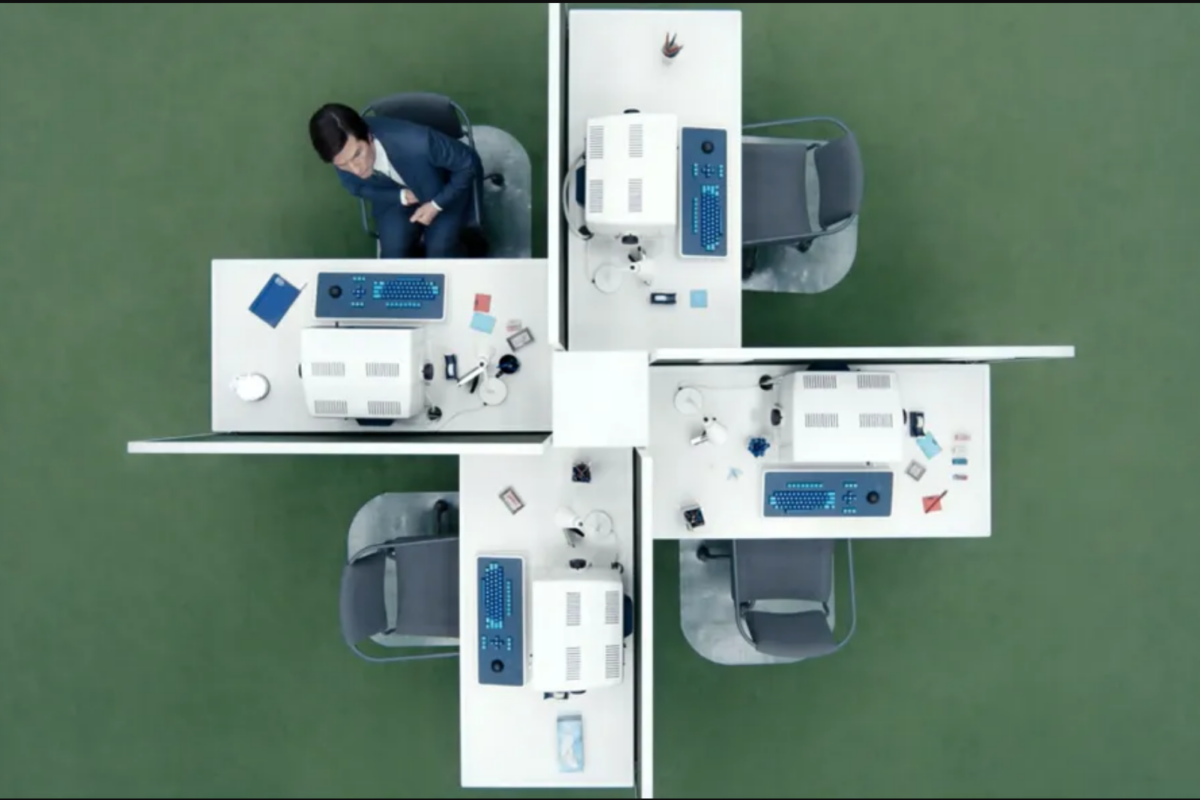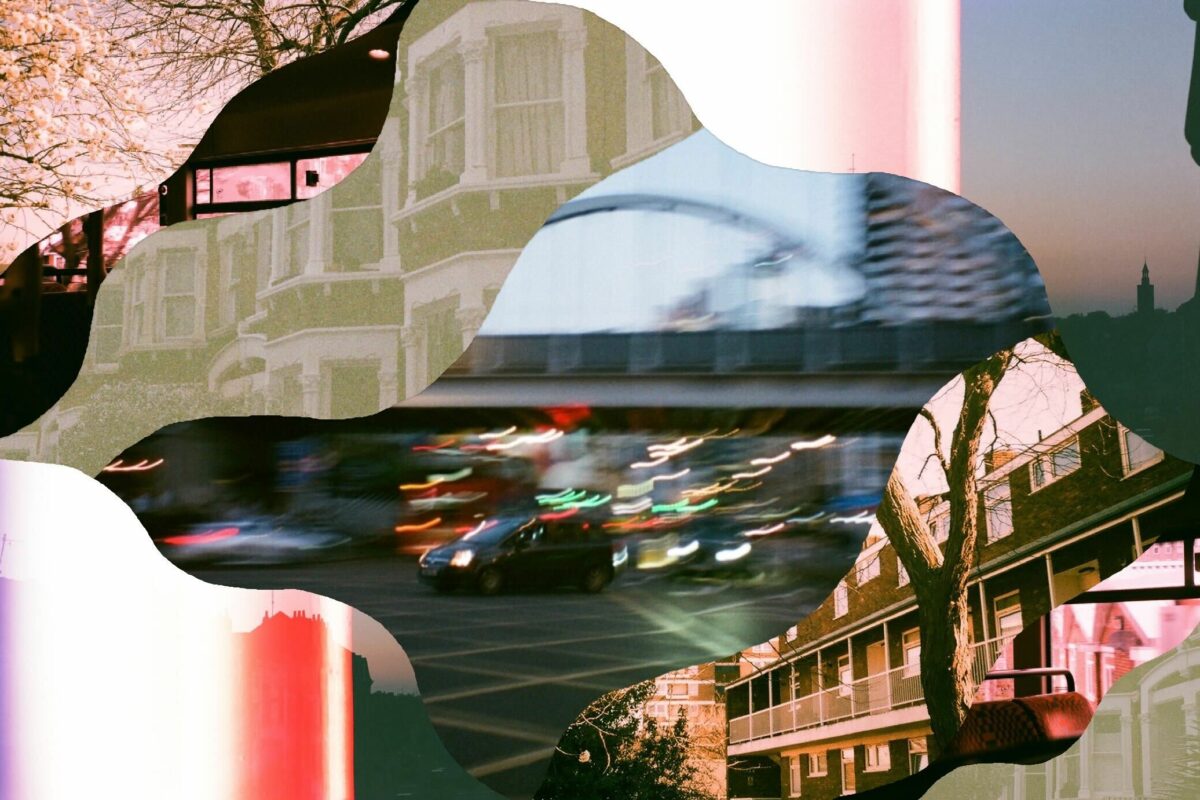- ● Brands have relied way too much on UGC and influencer content
- ● Viewers now want to consume more aspirational content, even if it is just about a new lipstick range
- ● Brands now have a bigger responsibility in selling a vibe, a mood and a story that not only resonates, but STICKS

- Around every corner you turn on social media, you’re likely to find a lo-fi, cut and paste beauty tutorial. How come, you ask?
In recent years, the beauty business has been booming, and it heavily relies on YouTubers and influencer partnerships to spotlight and market their products. The ‘GRWM’ theme has proved more than popular in terms of collaborations, but over the years has become quite a lazy marketing tactic – with increasingly cluttered, one-dimensional videos and short-lived TikTok content.
A reason as to why sticking to what works may be favoured by brands and creatives, could be because in this new age of 24/7 content, there are so many beauty trends to explore. From maximalist bling beauty, “clean girl” aesthetic and Y2K metallic looks, the choice is overwhelming, and ever-changing. Trends are thriving… but can the creative keep up?
So perhaps it’s this disconnect that’s making tutorials flat, straight-to-the-point (lacking an aspirational touch) and repetitive. This content of course does the job, but that leaves a huge gap in the market for inspiring beauty content that reflects the growth of online beauty trends.

The booming business of beauty tutorials from the early 00s on Youtube to TikTok
But before we look to the future, let’s go back. How did the beauty tutorial come about, and why has it succeeded in being one of the internet’s most consistent types of content creation?
The beauty tutorial was first published by creators on YouTube. In 2008, the genre on YouTube had just over 2 billion views, which increased to 169 billion by 2018. This was entirely down to the individuals who tried out products just so their audience didn’t have to. Names such as Jackie Aina, Michelle Phan, NikkieTutorials and Patricia Bright should surely ring a bell. They dominated the early years of YouTube, at a time when consumers solely relied on ads and commercials for their daily dose of beauty products. Low-quality shaky cameras and application-oriented videos soon turned into highly edited productions, and viewers rapidly turned away from brand-own content to beauty content made by creators.

But now, with this oversaturated repetitive format, we’ve transitioned into a space where viewers want more. It’s no longer just about a “beat” face. It’s about the feeling, the aesthetic: the story being told.
The ‘Cinetorial’
Enter Sarah Feingold.
Visionary, creative director and model @sarah.feingold has developed a brand new version of the beauty tutorial that’s caught the attention of the community in a big way. Feingold has reimagined the beauty tutorial with a more polished, aspirational and glossy look, coining it the ‘Cinetorial’:

After growing bored of the beauty content she was seeing online during the early days of the pandemic, Feingold shares: “I had the desire to merge classic cinema-style storytelling with an educative but not-so-traditional beauty tutorial that viewers can follow along with at home.” This was the inspiration behind her director debut.
Fly Or Die is a visual that is an electric, nostalgic homage to the glory days of prepping for nights out with the girls in front of bathroom mirrors; music blasting and tummies buzzing with feel-good butterflies. Alongside the narrative, the film features different looks and close ups of product application, with every beauty product used credited on screen. Split screens, VHS cuts, a diverse cast and an effortless script are all presented with a transcending backing track, which is a mix of sounds by artists like Pink Pantharess, Deto Black and Tinashe. It’s exciting, it’s fresh and it captures the feeling and reality of prepping for a night out in London.

Due to this shake up in the beauty industry, this means brands now have a bigger responsibility in selling a vibe, a mood and a story that not only resonates but STICKS. Connecting and engaging with beauty lovers and consumers is now set to change and restructure in a way that incorporates the aesthetics and trends GEN Z are already exploring, in a more romantic way.
So we wonder:
- ● Will brands take bigger risks in partnering with creators for beauty content?
- ● Will brands re-invest in romantic and aspirational campaigns?
- ● Will the cinetorial stick around?


